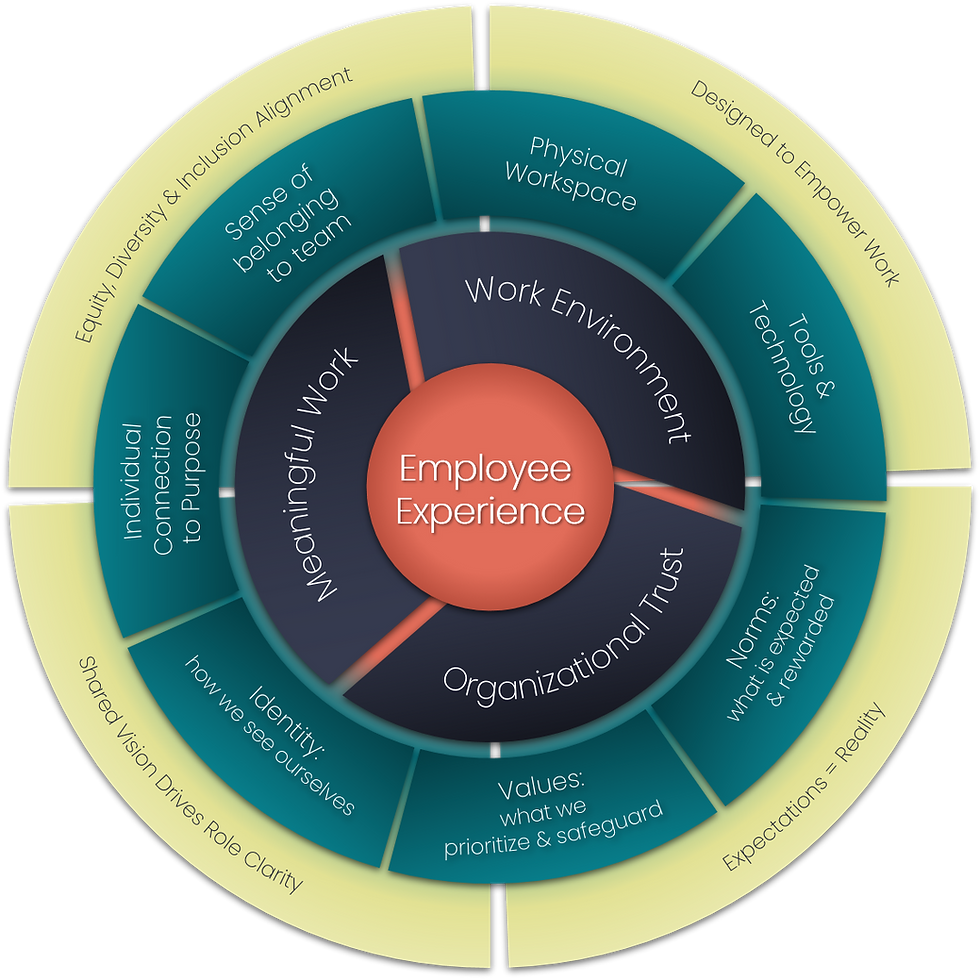An Email Just Won't Do
- Christi Pilutik

- Apr 13, 2021
- 2 min read

Have you ever sent an email out to your employees asking them to do something or communicating a new process and they just didn't get on board? You may have clearly laid out all of the steps needed and attached the new forms, but alas, you felt like you were pushing a stone up a hill trying to get folks to change their ways.
I trust that your email is well worded and has all of the necessary details, but an email just won't do.
What you need is a simple communications plan. A plan that includes the what, the who, and the how of the communications before, during, and after the change. OK, I know when I put it that way, it seems complicated, but take if you download the free worksheet at the bottom of this post you will see it is really a simple matrix.
The What
WIIFM is the most popular radio station out there: What's In It For Me. As you plot out what you are going to share with your employees be sure to include the WIIFM. You will also want to include how the process will change (yes, this is where the details and any new forms fit in).
The Who
The who is two-fold: who is sending the message and who will be receiving the message. As much as the Head of HR (or Finance, or IT) would like to believe that their words carry power (and they do), some messages are better received when sent by the CEO. If your goal is to drive change in behavior, be humble when deciding who should send the message.
The How
Communications can be sent is many different ways: emails, in person meetings, payroll stuffers, posters, courier pigeons. OK, the last one probably won't work too well, but feel free to brainstorm here... don't let yourself get trapped to the quicksand that email inboxes can become.
The Before, During, and After
Some changes are like turning a page in a book, one day your employees will do things one way, and the next you want them to do it differently. In this case, the "during" phase is non-existent, so ignore that column. In other changes, like employee surveys or benefits enrollment, you are asking your folks to do something during a period of time. It is important to think through what communications should be shared during this time. Following up after a change closes the loop for your employees. It also gives you an opportunity to share the impacts, participation, or needed reinforcement of the change - take advantage.
Spending some time up front on a communications plan will help you create a bigger impact from change, increase participation in your efforts, and alleviate stress (you may still push a rock or two up a hill, but they will be smaller and the hill shorter).
Download the Communications Plan Worksheet here:



Comments